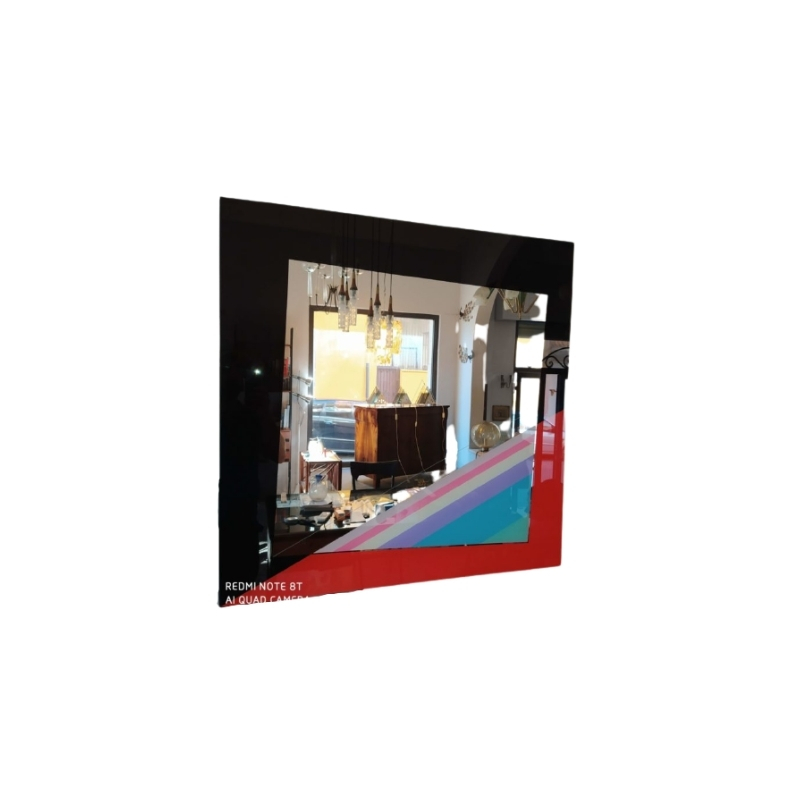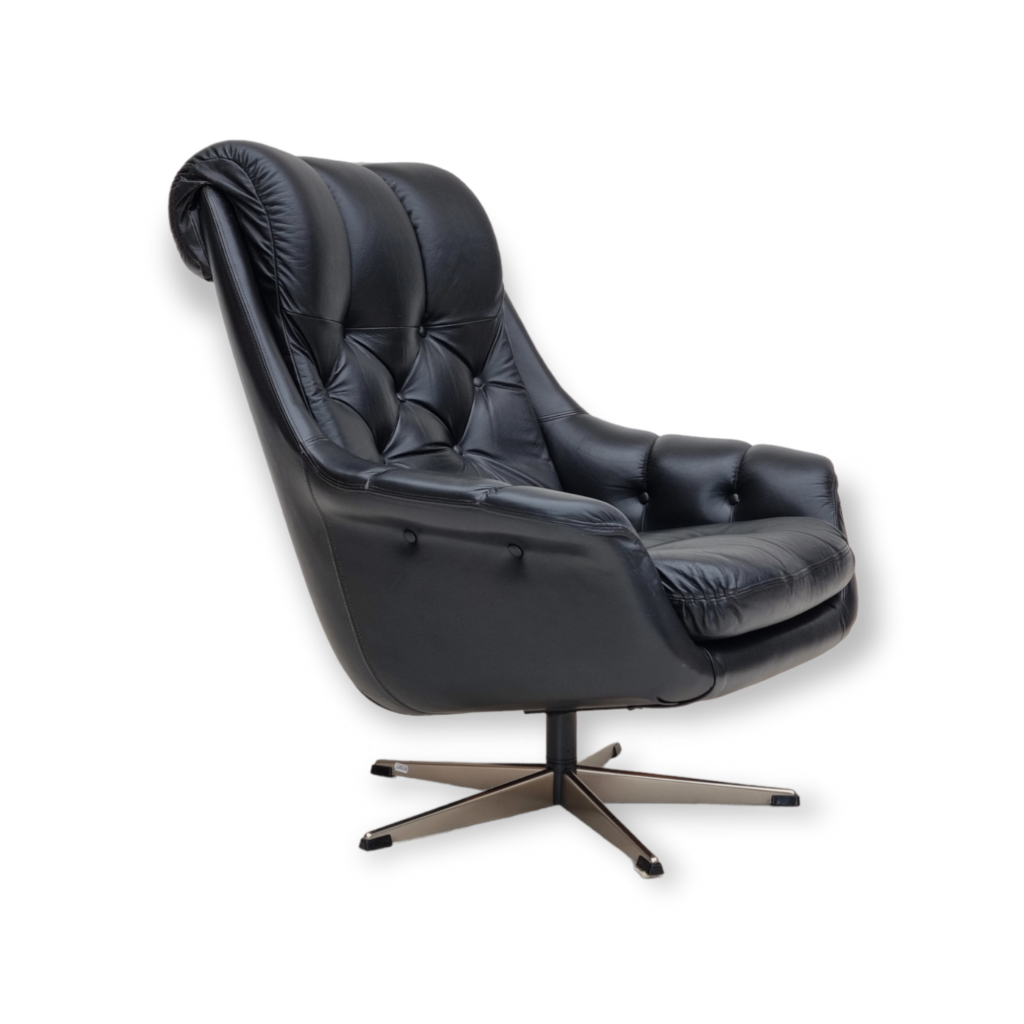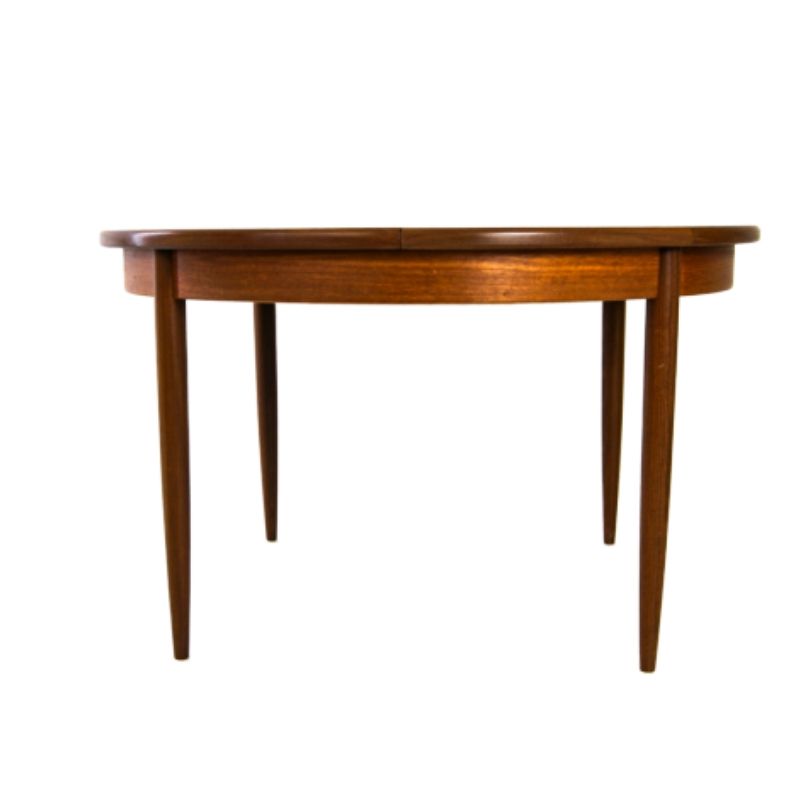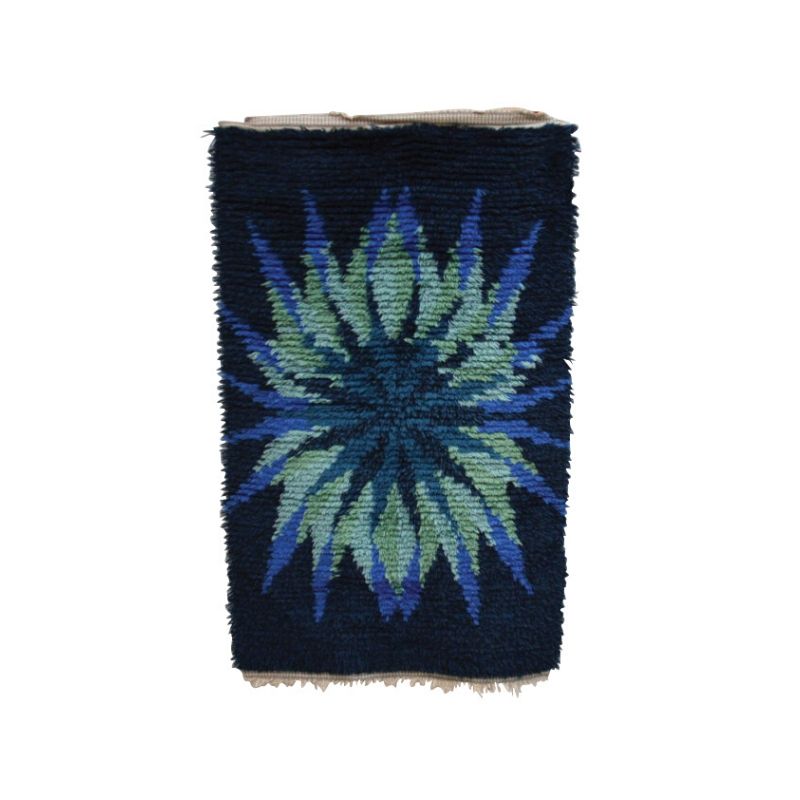Hello,
I would like an opinion from professional lamp designers. I do design lamps, and also realize personally some models in my small workshop. I like to design with a focus on ease of assembly, thinking to a possible large-scale production. Up to now this has been an hobby. But supposing I have some really good ideas, how could I exploit them? What is the path that normally leads from a simple conception and prototyping to something which can be really sold on the market?
Is it better to patent the idea and propose it to some lamp manufacturer, or to try to set up a production on one's own? Or else just produce and sell 'unique pieces' ( in which case better to forget the 'ease of assembly' concept)?
What is your experience?
Thanks a lot for any suggestion.
F.
(Italy)
Ciao!
Ciao FMarc67
Benvenuto a DA!
Your questions are very accurate, and the best way to answer them considering your own needs and advantages is just starting and working on it, most of the answer will come alone on the way.
What you asked it's more a general question for designing. About lamps you could have later technical and other specific problems.
Start now in any of the ways you said, you/others will be changing those options you mentioned on the way. Start where you consider better, or just where you can. (You may want to sell your idea to a company, but if they are not interested now, you well could start by your own).
Choosing the "indie" way could give many satisfactions. Plus this days, with the current problems, plus more designers and less companies producing, is one good option to consider that many says will be the one in the future.
You could start with unique pieces, then a kind of "serial prototypes", and perhaps some day will follow with the easy to assembly idea.
About the path to go, no only one way, but one could be:
5-Fairs/exhibitions, they will really help to your designs to be seen to potential users/buyers/companies,
4-but before could start with some small local fairs,
3-and before could give some samples to some local retailers, first one, then 2 or 3 if you can, to predict users opinions and little defects to correct,
2-and before that test some designs with your own friends and relatives (if you are not doing it now),
1-and first of that some to yourself!
About patenting ideas, start now, with one or two of the many ideas you have. If you think on patenting all, the time, money and effort required, will be the same to have that one or two already selling and testing on the street. You'll see later.
Buona fortuna
Gustavo
Buenos Aires, Argentina
First of all congratulations...
...on your efforts. You seem to think into the right directions.
A product, any product that is, only exists when the confrontation between the designer and his idea has met a user and his needs or aspirations. So, yes, in order to progress you have to move to the next stage, which is to seek user approval. Anything prior to that might be a pleasant exercise and a rewarding one from the designer/maker point of view but it is not a design as long as there is no communication with the users. Designing is among other things, a form of planning and if there is no user to receive it, the planning does not make any sense.
To get from the idea to a produced product you will, as you do have to consider to produce it yourself or to sell it to a manufacturer. Before even considering the first scenario please make sure that you really are and want to be an entrepreneur. You can not be a successful designer/producer just because it is your only way to get your product to the market. To be a entrepreneur, no matter how small you have to have the combination of skills that will make you a successful one. Anything less will not work. So set the ambitions to see your own designs on the market aside and ask yourself if you really want to run a company and all the aspects of it.
If you decide to do that get out and visit the first twenty interior designers you can find in the yellow pages. Show them your prototype and ask them if they would specify it in one of their projects. They might not have a project where this particular lamp applies, but they will give you an answer and it will be a very valuable one. You might even come home with a few orders.
Make sure that the product is approved by the regulatory authority in the country you want to sell it. UL in the U.S. CUL or CSA in Canada KEMA inn Holland, you name it. Make sure you are insured against civil liability in the U.S. Inform yourself about the common terms for warranties both legal ones and those that are common in your particular business, in short, make sure that you cover the bases.
If you find yourself not ready to start a business, go and see a specialized lighting retailer with your prototype or pictures of it and ask him if it is saleable. If so ask him who he feels would be the right manufacturer for this kind of product. I know it sounds strange when you can take the yellow pages and lookup some manufacturers, but trust me; nothing is quite so efficient to find a source than to walk up stream.
If you have the name of a good manufacturer, go and visit them. Please do not spend time or money on a patent unless you really have an invention. Consult your county?s patent office to understand what an invention really is. Remember patents are very expensive, but that is only the tip of the iceberg. To defend a patent when someone is copying is far more expensive than the patent itself.
cont.
The best method is to have the manufacturer sign a non disclosure statement. If they refuse, just thank them for their time and leave before having shown anything. People that do not play by the rules have no intention of playing by the rules later. In other words you do not want to do business with people that do not agree with the simplest conventions of business.
Most good manufacturers know that it is more valuable to have access to a good designer that trusts them than to steal one model out of a portfolio.
Good luck and please keep asking questions if there are any!
P.S. Do not participate in trade shows before you have a decent customer base. It's the best way to get copied and in a trade show you can not ask for any proof that you were the first to show this. Customers are easy to identify, you do not need a trade show to do that.
P.S.2 I allowed myself to use masculine for both genders, I usually don?t do it but it is so much faster for someone who is not fluent in English
If you need any help, please contact us at – info@designaddict.com









